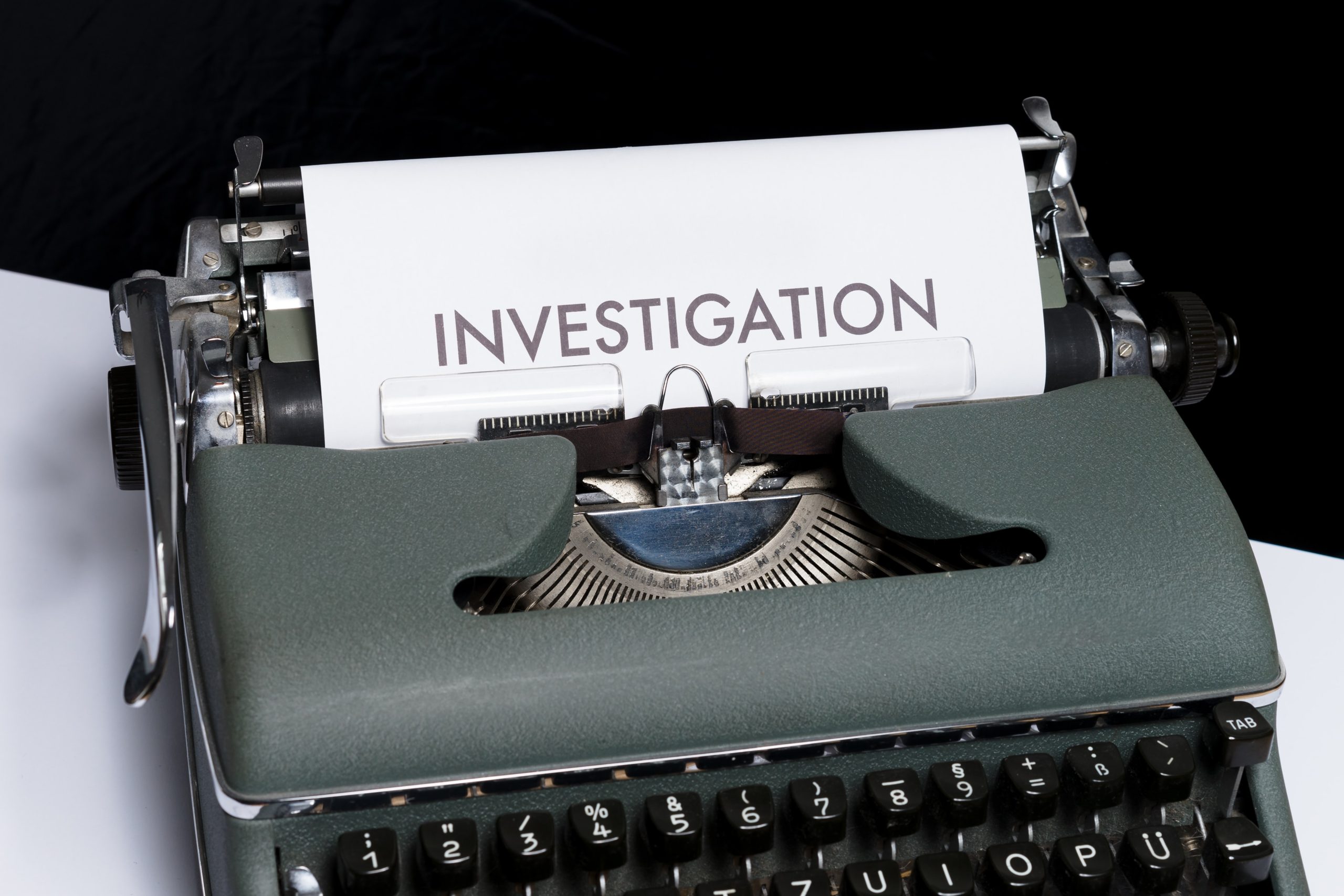By Angela Leung, SHARP Workplaces Coordinator
Workplace bullying and harassment, including sexual harassment, is difficult to deal with. Most people have experienced or witnessed this in one form or another. In a recent survey, 71.4 % of participants said they experienced at least one form of harassment and violence or sexual harassment and violence in the prior two years.
Most workers will try to minimize the harm of the harassment or resolve the issues without involving human resources (HR) or their employer. This is especially true with workplace sexual harassment, where workers often have to consider the stigma attached to sexual harassment, the fear of not being believed, and worries about being seen as a troublemaker.
The harassment can last for months to years causing constant stress for the worker, or the incident can be so terrible that the individual reports it right away. The hope and belief is that the worker will be heard and taken seriously when they do report it and that the workplace investigation will be fair. This is not always the case. In part one of our new series on workplace investigation for sexual harassment, we look at 5 signs that your workplace investigation may not be done right.
1. You were fired/demoted/put on leave without pay – By law, employers are not allowed to punish workers for raising health and safety issues. Sexual harassment is considered a health and safety issue. If your employer has fired you, reduced your shifts or put you on leave without pay, this could be considered retaliatory behaviour and you may be able to file a prohibited action complaint (https://www.worksafebc.com/en/for-workers/just-for-you/prohibited-action-complaints).
2. You have to continue working with the alleged harasser – Once you’ve filed a complaint, an employer should take reasonable steps to keep you safe. This could mean putting all parties on temporary leave or making sure that you and the alleged harasser are scheduled on different shifts. You should not be asked or be pressured to keep working with your harasser.
3. The investigation is done by someone within your department or is friends with the harasser – An investigation should be about finding out what happened and should come from a neutral party. This means that the people doing the investigation shouldn’t be someone involved in the incident(s) or are friends with anyone involved. This could look a few different ways. For example, the investigation could be done by:
-
- The organization’s human resources;
- Management from a different department;
- An outside organization hired to investigate and provide report to the employer; or
- Board chair/committee.
4. Suggestions that your complaint is motivated by ill will, or compensation – As we mentioned under #3, the investigation should be about find out what happened. The Employer/Investigator should not make any assumptions about the incident, including why it happened, while the investigation is still ongoing. This includes suggesting possible negative motives you have in reporting the harassment. This could range from suggesting you having a grudge against the respondent (harasser) to you just like to complain/cause problems for management. If the people involved in the investigation are drawing conclusions before all the facts have been collected, that’s a big red flag.
5. Minimizing or Gaslighting – You are told by Human Resources/Management that they know the harasser and that they are “not like that”. Maybe you’re told that “it was just a joke”, you’re being too sensitive, or you should “relax”. While they may be trying to resolve the issue quickly and informally, they could also be trying to minimize the harm that you know you’ve experienced and get you to withdraw your complaint.
This list is not an exhaustive list of all the possible red flags for a workplace sexual harassment investigation. If you are feeling uneasy during any part of your workplace investigation, contact SHARP Workplaces Legal Advice Clinic to see if you qualify for our free legal advice services. If you’re an employer concerned about the quality of your workplace investigation, SHARP Workplaces offers free online learning modules for non-profit organizations and small businesses. Find out more about the free training available at https://sharpworkplaces.org/training/.
If you find this list helpful, please keep your eye out for part two in our series of workplace sexual harassment investigations. If you have a topic you’re interested in, please email us at SHARPWorkplaces@clasbc.net.
Photo by Markus Winkler on Unsplash
NOTICE: SHARP Workplaces Legal Advice Clinic ceased providing legal services in March 2024 due to an end of funding, and is NOW CLOSED.
If you experienced sexual assault and need legal advice contact Stand Informed legal advice services.

